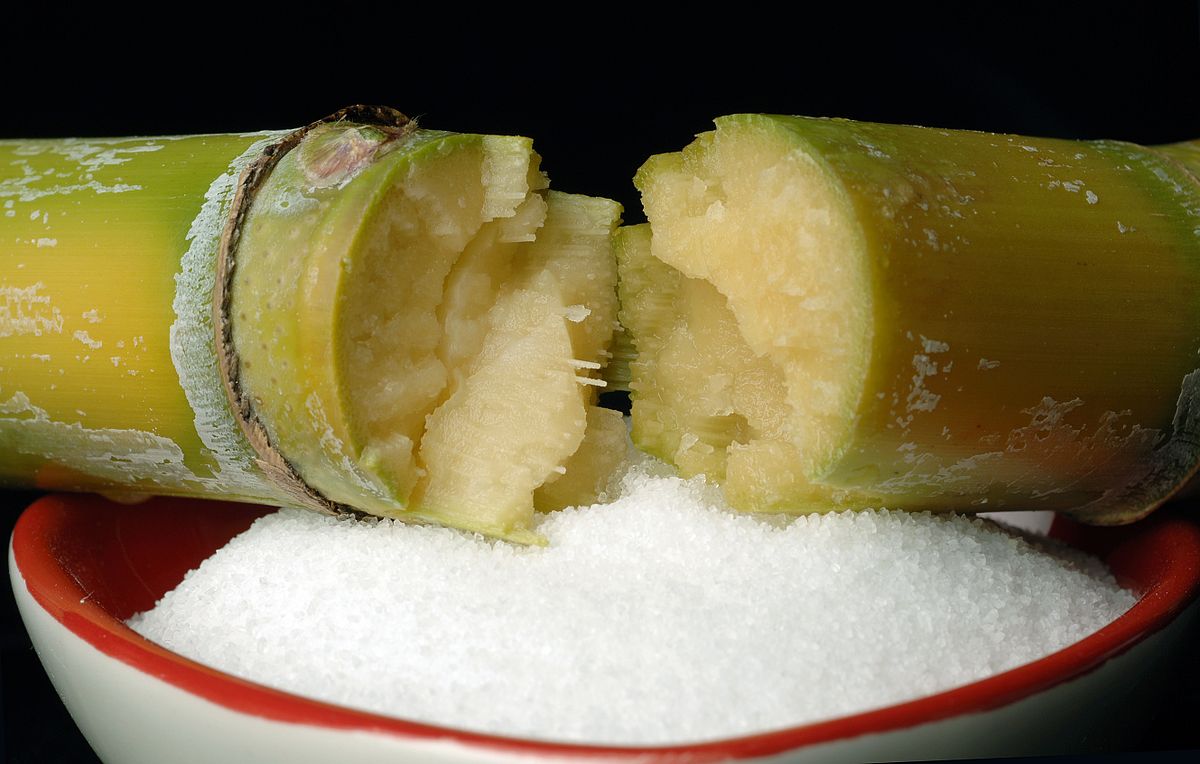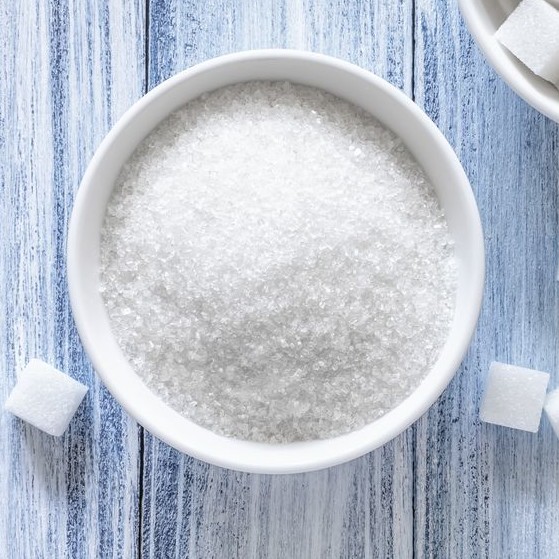Effective Cane Sugar Processing: Maximizing Return and Purity
Effective Cane Sugar Processing: Maximizing Return and Purity
Blog Article
Recognizing the Important Techniques and Technologies Utilized in Modern Walking Cane Sugar Processing
The advancement of cane sugar processing has been significantly formed by the combination of advanced strategies and modern technologies that attend to both efficiency and sustainability. Enzyme-assisted removal and advanced refining techniques have actually transformed return optimization, while automation promotes functional dependability. Moreover, the focus on sustainable techniques reflects an expanding recognition of ecological effect. As we discover these critical developments, it ends up being vital to take a look at exactly how they not just boost production but likewise line up with wider industry trends and consumer needs, questioning regarding the future of sugar handling and its implications for worldwide markets.
Historic Context of Walking Cane Sugar Processing
The historical context of walking cane sugar handling reveals an abundant tapestry of farming technology and social exchange that has shaped its development over centuries. The process of refining and removing sugar obtained energy in India, where techniques for crystallization were improved around the 6th century.

Advanced Removal Techniques
Performance in walking cane sugar removal has actually seen considerable developments, driven by the need for higher yields and lower manufacturing prices. Typical methods have developed, giving way to innovative technologies that boost the efficiency of the removal procedure. One significant improvement is the use of enzyme-assisted extraction, in which details enzymes break down cell wall surfaces and release more sucrose from the walking cane fibers. This technique not only raises sugar yield however additionally lowers the energy needed for processing.
Additionally, the adoption of membrane layer filtration innovations, such as nanofiltration and reverse osmosis, has actually changed the separation of sugar from pollutants. These approaches allow for the discerning permeation of sugar particles while retaining bigger pollutants, enhancing the extraction process and reducing waste.
Furthermore, the combination of constant removal systems has actually resulted in boosted functional effectiveness. Cane Sugar Processing. These systems maintain a constant circulation of walking cane material, making sure optimum extraction problems and minimizing downtime related to set processing
Ingenious Refining Technologies
Refining methods in walking stick sugar processing have actually undergone a transformative change, driven by the demand for higher purity and improved product high quality. Among the most notable developments is the fostering of membrane purification modern technologies, such as ultrafiltration and nanofiltration. These processes efficiently get rid of pollutants and colorants without the need for extensive chemical therapies, thus protecting the sugar's natural taste and enhancing its charm.
An additional considerable development is the usage of ion exchange materials, which permit discerning elimination of undesirable ions from sugar services. This innovation not only raises the general purity of the last product however additionally adds to decreased waste and environmental impact.
In addition, advancements in adsorption methods, using triggered carbon and other advanced materials, have shown reliable in decolorizing sugar services while maintaining optimum quality. The assimilation of these ingenious refining modern technologies makes certain that suppliers can generate polished sugar with exceptional quality and taste, meeting the evolving choices of customers.
Automation and Control Equipment
Current advancements in refining modern technologies have actually led the method for significant improvements in automation and control systems within cane sugar find out processing centers. These systems make use of advanced software application and hardware to improve functional performance, decrease human mistake, and make sure regular product top quality.
Modern automation integrates numerous parts, consisting of sensing units, actuators, and programmable reasoning controllers (PLCs), making it possible for real-time surveillance and control of vital processes. As an example, pressure, temperature, and circulation prices can be exactly regulated throughout extraction, clarification, and crystallization stages, enhancing efficiency and lessening waste.
In addition, progressed information analytics and maker understanding algorithms play a pivotal function in predictive upkeep, enabling drivers to expect equipment failures prior to they take place. This proactive strategy not only decreases downtime however likewise extends the life-span of equipment.
In enhancement, automation promotes the execution of Market 4.0 concepts, encouraging sugar mills to attain higher connectivity and information exchange across procedures. As an outcome, decision-making comes to be even more dexterous and educated, inevitably boosting the overall competitiveness of walking cane sugar production. With these developments, the sector is well-positioned to fulfill growing global needs while maintaining functional quality.
Sustainability Practices in Sugar Manufacturing
Sustainability techniques in sugar production have become increasingly important as the industry looks for to discover this stabilize financial practicality with ecological obligation. As customer understanding expands concerning the ecological impacts of agricultural methods, sugar producers are embracing ingenious techniques to lower their environmental impact.
One significant approach is the implementation of precision farming methods, which make use of data analytics to optimize resource usage, such as water and plant foods. This decreases waste and lessens the influence on neighborhood communities. In addition, numerous manufacturers are transitioning to renewable power sources, such as biomass from sugarcane byproducts, to power their procedures, thereby lowering reliance on fossil gas.
Water monitoring methods are additionally vital; rain harvesting and efficient irrigation systems help mitigate water deficiency concerns. Cane Sugar Processing. Furthermore, incorporated parasite monitoring methods decrease chemical use, advertising biodiversity and dirt health
Business social duty efforts are arising, with companies purchasing local communities and wikipedia reference making certain reasonable labor practices. By embracing these sustainability practices, the sugar industry not only improves its reputation but likewise contributes to a more lasting agricultural landscape, leading the method for future generations.

Verdict
In recap, modern-day walking cane sugar processing includes a variety of innovative strategies and technologies that considerably enhance performance, sustainability, and return. The fostering of cutting-edge removal and refining approaches, together with automation and control systems, promotes boosted functional performance and product high quality. Additionally, the focus on sustainable techniques emphasizes a dedication to minimizing ecological effect and promoting honest production. Collectively, these developments position the cane sugar sector to fulfill modern needs while attending to crucial international challenges.
The advancement of walking stick sugar processing has actually been significantly shaped by the combination of advanced methods and modern technologies that deal with both performance and sustainability.The historic context of walking stick sugar handling discloses a rich tapestry of farming innovation and social exchange that has actually formed its development over centuries. Technologies in milling and refining emerged, laying the foundation for modern walking cane sugar processing.Refining strategies in walking stick sugar processing have undertaken a transformative change, driven by the demand for greater pureness and enhanced item top quality.In summary, modern walking stick sugar processing integrates a variety of advanced strategies and technologies that considerably enhance performance, return, and sustainability.
Report this page